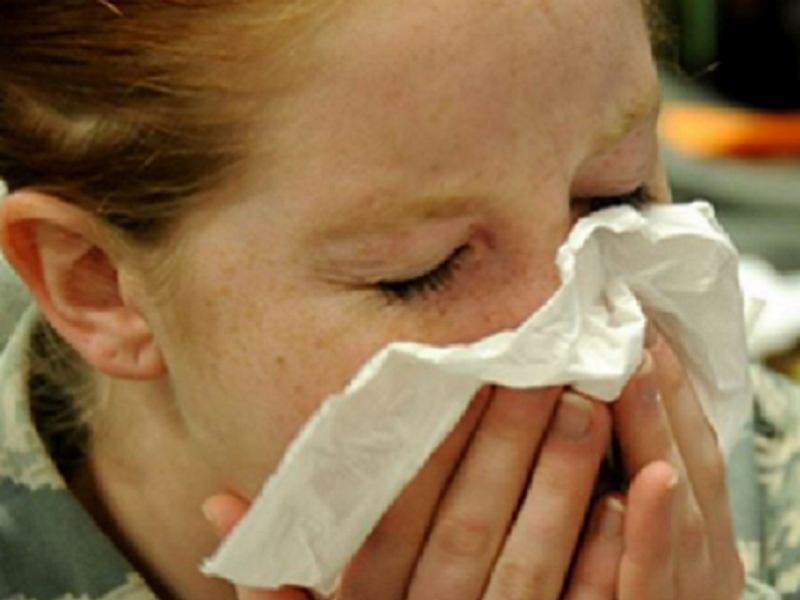When it comes to human survival, few things have made as big an impact as modern medicine, the introduction of improved hygiene and organism/bacteria control. Antibacterial, germicidal and disinfectant methods are the largest factor in decreased mortality and morbidity rates, and an increase in overall health. These agents have also been responsible for improving the outcomes of many diseases. In 2010, research on the history of antibiotics noted that evidence of antibiotics in humans has been found in remains dating back to 350-550 CE, indicating that an attempt to control bacteria to promote health has long been a part of human history.
Amazingly, our bodies have come with all of the tools needed for us to handle injury and promote survival. This includes healing ourselves from cuts, burns, allergies, infections and so much more. The human body is a self-sustaining machine, and our only job is to look after it.
So how does bacteria fit into our ideas on staying healthy? One theory is that, throughout evolution, the human body advanced in a mutually beneficial, or symbiotic, arrangement with bacterial organisms, wherein the body provides a safe host for the organism and, in exchange, the organism provides enhancements to the human body (improved digestion, immunity, etc.).
Furthermore, not all bacteria is bad. Bacterial organisms are part of human life right from birth. Research currently suggests that exposure to a mother’s internal flora during childbirth is valuable for developing a strong gut and immune system. In some cases, flora are even being administered to C-section babies through a swab just after birth, in order to deliver the same benefits as vaginal birth. This transfer of flora carries into childhood.
In 1989, David Strachan developed the hygiene hypothesis based on research suggesting that children from larger families had fewer cases of allergies (including seasonal allergies) and eczema, with the idea being that a greater exposure to germs through development enhanced immunity.
READ: ADD THESE TRICKS TO YOUR WORK ROUTINE TO BOOST YOUR HEALTH
With autoimmune conditions, allergies, gastrointestinal disturbances and resistant bacterial infections on the rise, it’s important that the focus expand from combating bad bacteria to simultaneously sustaining good bacteria, providing a more controlled balance. This shift in the paradigm of health has been imperative for improving many chronic conditions, including gut disturbances, skin irritations and autoimmune conditions. Probiotics have become the crux of this change, promoting growth of our natural flora.
Skin flora is the first line of defence. Human skin is covered in organisms that fight infection by balancing acidity, creating an environment where bad bacteria will not survive. It also provides direct protection, such as increasing its rate of shedding to rid the body of an infection. When the skin is injured, it allows bad bacteria a chance to invade our system via the bloodstream. In these situations, it becomes incredibly important to fortify the body’s natural healing systems, allowing good bacteria to regain the upper hand. Furthermore, antiseptics, such as alcohol and peroxide, are not recommended in certain cases, as they can wipe out the good bacteria that jumpstart healing, along with the bad.
A great example of an alternative to antiseptic is Wound spray, an all-natural mix of neem and St.-John’s-wort oils. By providing a natural, moist and protected environment, the body is able to heal itself faster, safer and to a better quality than it would in the traditional dry, antiseptic environment, without having to touch the wounded area. Having the most natural healing environment also enhances the immune function in the area, reducing the chance of infection and complicated healing.
Gut bacteria is another crucial line of defence, maintaining the quality of what we put into our body and sifting out the bad. Gut flora plays an important role in all digestive activities. The human body works collaboratively with millions of gut bacteria to break down food, making it absorbable and usable to our systems. In fact, disruption of gut bacteria has been linked to stomach concerns including diarrhea, abdominal pain, gas, irritable bowel and more.
Overall, medicine has taken large leaps in integrating bacterial balance into health care, with probiotics and increased exposure to germs for children being just a couple of examples. Understanding that the body is made to heal itself, and that each organism is a component of this, is key to overall health.
